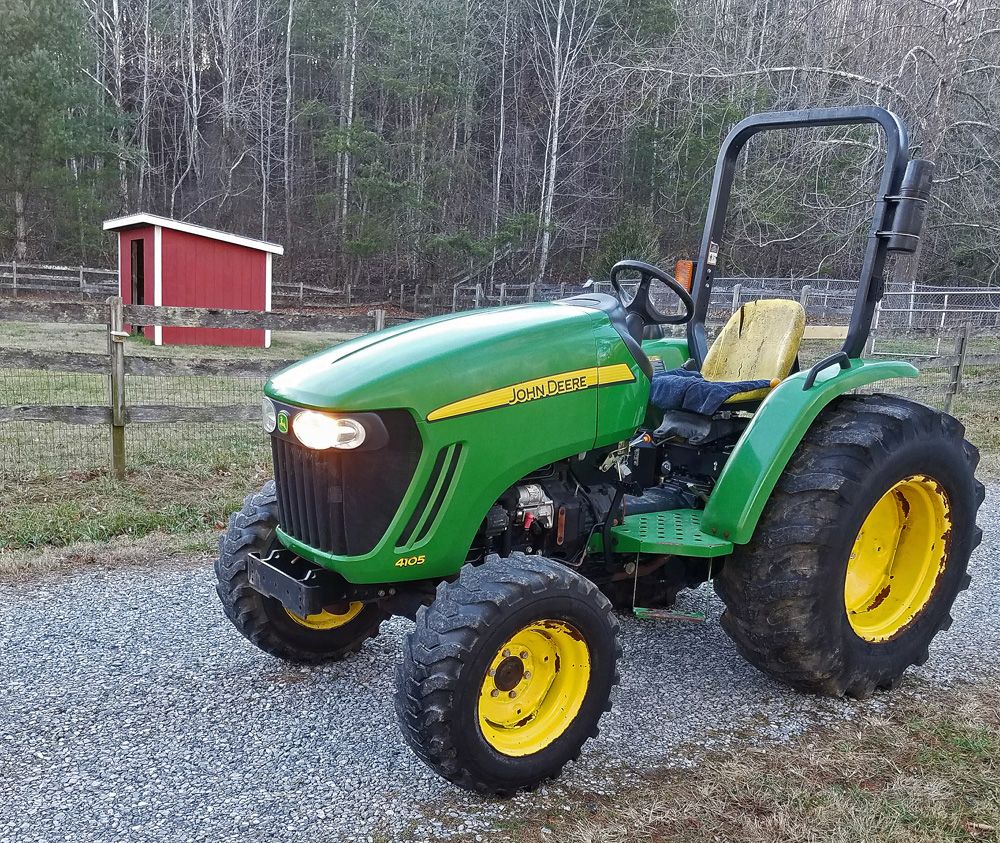Mace Canute
Elite Member
Whenever I set posts I always apply extra copper based wood treat to the buried portion of the posts, letting it soak in between several applications because the depth of the treat on treated posts form your big box stores strikes me as being too shallow. It's cheap and it doesn't really take long to do it and if it extends the life of my posts any amount, I figure it's time and money well spent.
I've used the "just add water" bagged concrete mix to secure posts around my yard sometimes mixing it first with water and sometimes just tamping the dry mix into the hole because it's less messy. The natural moisture in the soil gradually turns it into rock hard concrete. I've also just tamped the clay I've dug out for the hole to hold the posts which works well when there is minimal side load on them. At work we often used crushed rock to fill the hole around the power poles we set. The poles were very securely held, very difficult to pull one when it was set like that and they were equally resistant to leaning. For an ordinary fence post I think pea gravel would be a good choice.
Last year I was tooling around Rona and came across this stuff. Fast 2K Fence Post Backfill | RONA I think it might be better than concrete since it should bond to the post and prevent air and water (two thing necessary for rot to take place) from contacting the buried portion of the post. I've never used it but I might someday in the future..."just because".
I've used the "just add water" bagged concrete mix to secure posts around my yard sometimes mixing it first with water and sometimes just tamping the dry mix into the hole because it's less messy. The natural moisture in the soil gradually turns it into rock hard concrete. I've also just tamped the clay I've dug out for the hole to hold the posts which works well when there is minimal side load on them. At work we often used crushed rock to fill the hole around the power poles we set. The poles were very securely held, very difficult to pull one when it was set like that and they were equally resistant to leaning. For an ordinary fence post I think pea gravel would be a good choice.
Last year I was tooling around Rona and came across this stuff. Fast 2K Fence Post Backfill | RONA I think it might be better than concrete since it should bond to the post and prevent air and water (two thing necessary for rot to take place) from contacting the buried portion of the post. I've never used it but I might someday in the future..."just because".
